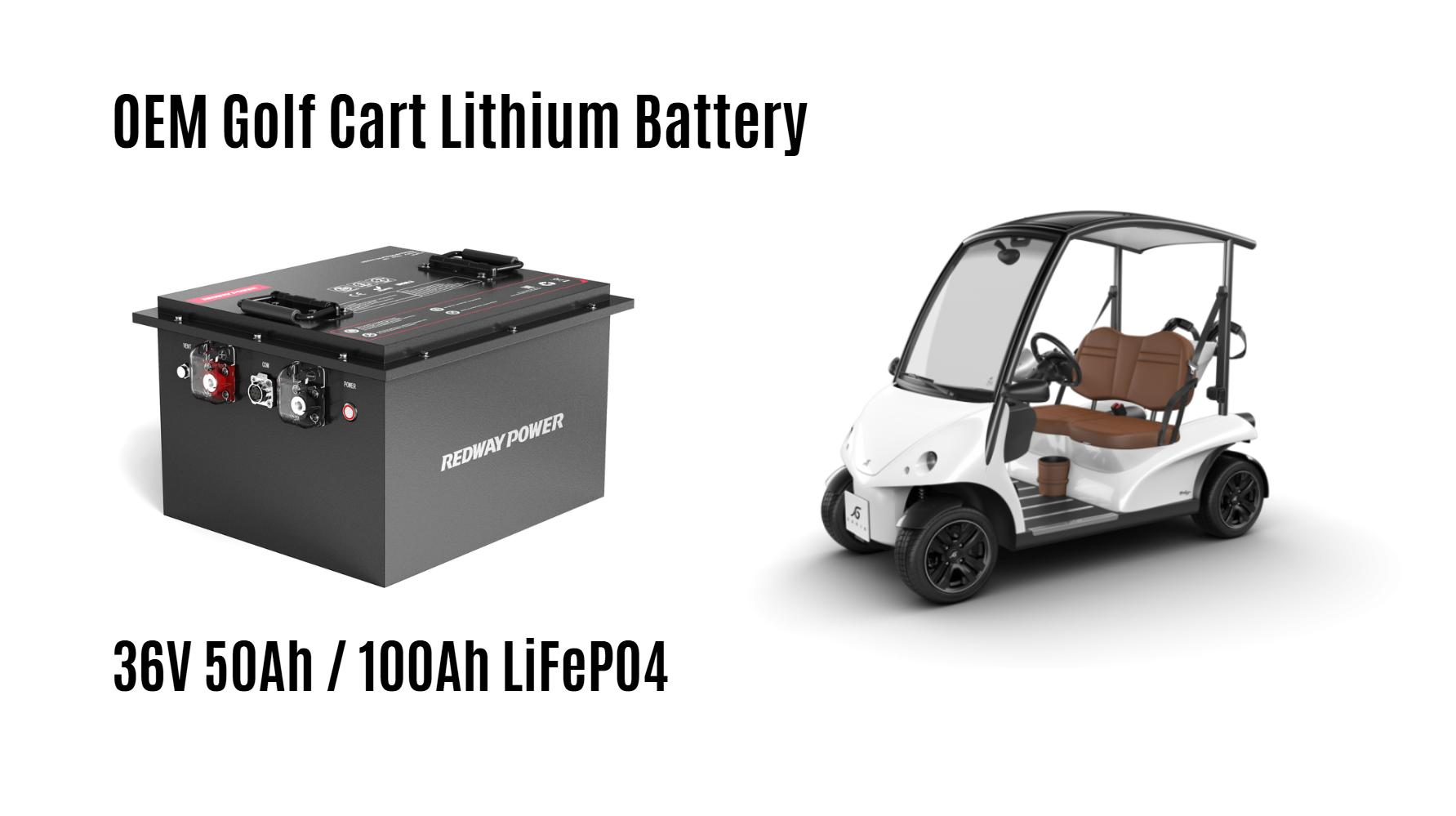How to Choose the Best Battery Backup for Home Power Outages?
A battery backup for home power outages stores energy to keep essential appliances running during grid failures. Popular options include lithium-ion and lead-acid systems, often paired with solar panels. Key factors are capacity, runtime, cost, and scalability. Proper installation ensures safety and efficiency, while maintenance extends lifespan. This guide explores types, benefits, and expert tips for selecting the right system.
What Are the Main Types of Home Battery Backup Systems?
Home battery backups fall into three categories: lithium-ion (e.g., Tesla Powerwall), lead-acid (traditional but bulkier), and saltwater batteries (eco-friendly). Lithium-ion dominates due to high efficiency and compact size. Lead-acid suits budget-conscious users, while saltwater offers non-toxic storage. Solar-compatible systems enhance sustainability. Each type varies in lifespan (5-15 years) and depth of discharge (DoD).
How Does a Home Battery Backup Work During an Outage?
When the grid fails, a battery backup automatically switches to power critical loads like lights, refrigerators, and medical devices. It draws stored energy from charged batteries, managed by an inverter converting DC to AC. Systems integrated with solar panels recharge during daylight. Advanced models prioritize circuits and provide real-time usage data via mobile apps.
What Factors Determine Battery Backup Capacity Needs?
Calculate capacity by summing the wattage of essential appliances and desired runtime. A 10 kWh battery powers a fridge (700W) and lights (300W) for ~10 hours. Consider peak demand spikes (e.g., AC startup). Household size, outage frequency, and climate (solar reliance) influence sizing. Scalable systems allow adding batteries for extended coverage.
Are Solar-Powered Battery Backups Cost-Effective?
Solar-battery systems reduce grid dependence and qualify for tax credits (e.g., U.S. federal 30% ITC). Initial costs range $10,000–$20,000 but slash electricity bills over 10–20 years. ROI depends on local energy rates and sun exposure. Net metering credits excess solar production, offsetting costs. Hybrid systems balance reliability and sustainability.
How to Maintain a Home Battery Backup System?
Keep batteries at 20–80% charge to prolong lifespan. Clean terminals to prevent corrosion. Lithium-ion requires minimal maintenance; lead-acid needs periodic watering. Update firmware for optimal performance. Avoid extreme temperatures—install in climate-controlled spaces. Schedule professional inspections every 2–3 years. Monitor via app for voltage irregularities or capacity fade.
What Are the Hidden Costs of Battery Backup Installation?
Beyond equipment, costs include permits ($200–$1,000), electrical upgrades (e.g., panel replacement: $1,500–$3,000), and labor ($1,000–$3,000). Some locales require grid interconnection fees. Wall-mounted systems might need structural reinforcements. Ongoing expenses: replacement batteries (every 10–15 years) and increased insurance premiums. Always request itemized quotes.
Can Battery Backups Power an Entire House?
Whole-house coverage demands high-capacity systems (20+ kWh) and load management. Most homes use partial backups for critical circuits. Prioritize HVAC, medical equipment, and refrigeration. Pair with generators for prolonged outages. Energy-efficient homes (LEED-certified) achieve full independence more easily. Tiered systems balance cost and convenience.
Expert Views
“Modern battery backups are evolving beyond emergency use—they’re becoming grid resilience tools. At Redway, we’ve seen a 40% rise in solar-battery hybrids as homeowners hedge against climate-related outages. Future systems will integrate AI-driven load balancing and vehicle-to-home tech, turning EVs into backup sources. Always size for worst-case scenarios, not just average needs.”
Conclusion
Choosing a home battery backup involves analyzing energy needs, budget, and long-term goals. Lithium-ion systems lead in efficiency, while solar integration maximizes sustainability. Regular maintenance and professional installation ensure reliability. As technology advances, these systems will play a pivotal role in energy independence and disaster preparedness.
FAQs
How Long Do Home Battery Backups Last During an Outage?
Runtime depends on battery capacity (kWh) and appliance load. A 10 kWh battery running 1 kW loads lasts ~10 hours. Energy-efficient homes extend runtime. Systems with solar recharge daily, enabling indefinite off-grid use if sunny.
Are Home Battery Backups Safe?
Yes, when installed correctly. Lithium-ion batteries include thermal management to prevent fires. Lead-acid emits hydrogen gas but is safe in ventilated areas. Certifications like UL 9540 ensure safety standards. Avoid DIY installations.
Do Battery Backups Increase Home Value?
Studies show homes with solar-battery systems sell 4–5% faster and at a premium. Buyers value energy security and lower utility costs. Documented savings and warranties enhance resale appeal.


